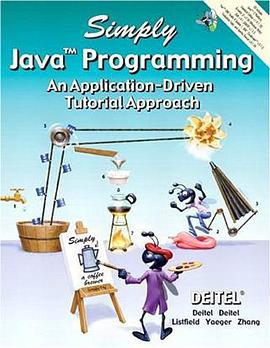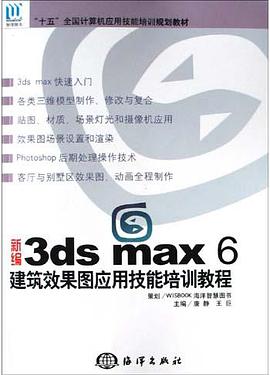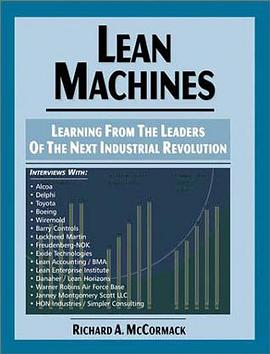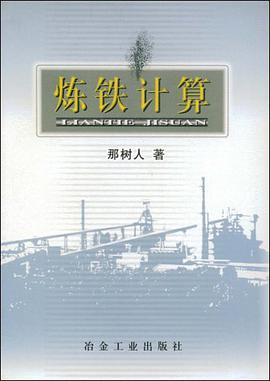
Welcome to Java, the Internet and World-Wide-Web programming! This book, the second in our new Simply series, was a joy to create. Our goal was to write a book that focuses on core concepts and features of Java while keeping the discussion of this highly technical subject as simple as possible. To achieve these goals, we implemented an innovative teaching methodology. We present the core concepts of leading-edge computing technologies using the tutorial-based, APPLICATION-DRIVEN approach, combined with the DEITEL signature LIVECODE approach of teaching programming using complete, working, real-world applications. We merged the notion of a lab manual with that of a conventional textbook, creating a book that works well in a traditional classroom setting or with students sitting at computers and building each example application as they read the tutorials. As students work through the tutorials, they learn about Java and its fundamental features, such as graphical-user-interface (GUI) components, multimedia (audio, images, animation and video), file processing, database processing and Internet and World-Wide-Web-based client/server networking. At the end of most sections, we provide self-review questions with answers so that students receive immediate feedback on their understanding of the material. Hundreds of additional self-review questions with answers are available on this book's Companion Web Site. Features in Simply Java Programming This book is loaded with pedagogic features, including: APPLICATION-DRIVEN Tutorial Approach. Each tutorial uses a contemporary, real-world application to teach programming concepts. The examples tend exercises are up-to-the-minute with Internet/Web-related examples and with popular applications, such as game playing, graphics, multimedia and even a three-tier Web-based bookstore. Most examples have a business lotus. At the beginning of each tutorial, students "test-drive" the completed application so they can see how it works. Then, they build the application by following step-by-step instructions. The book concentrates on the principles of good software design and stresses program clarity. LIVE-CODE Approach. This book uses LIVE-CODE examples. Each tutorial rods with the complete, working application code and the students can run the application that they just created. We call this method of teaching and writing the LIVE-CODE Approach. We feel that this approach is more effective than presenting only snippets of code out of the context of a complete application. Real-World Technologies. This text incorporates today's technologies to develop useful applications. For example, we use the Unified Modeling Language (UML) to replace flowcharts an older standard. The UML has become the preferred graphical modeling language for designing object-oriented applications. In Simply Java, we use UML to show the flow of control for several applications, so students gain practice reading the type of diagrams that are used in industry. Graphical User Interface (GUI) Programming. From the first tutorial, we immerse students in GUI programming techniques and modifying Java GUIs. Students who learn these techniques can create graphical applications quickly and easily. The early tutorials provide students with a foundation for designing GUIs concepts that they will apply throughout the book as we teach core programming concepts. Many tutorials contain GUI Design Tips that are summarized at the end of the tutorials for easy reference. Additionally, Appendix C, GUI Design Guidelines, compiles these tips to help students as they prepare for exams. Full-Color Presentation. This book is in full color so that students can see sample outputs as they would appear on a monitor. Also, we syntax color the Java code, similar to the way Java integrated development environments (IDES) color the code in their editor windows. This way, students can match what they see in the book with what they see on their screens. Our syntax-coloring conventions are as follows: comments appear in green keywords appear in dark blue literal values and constants appear in light blue text, class, method and variable names appear in black errors appear in red Graphics and Multimedia. Graphics and multimedia make applications fun to create and use. In our introduction to graphics, Tutorial 20, we discuss basic concepts and features of graphics. Part of Java's initial appeal was that it supported graphics, enabling Java programmers to visually enhance their applications. You will learn several of Java's capabilities for drawing two-dimensional shapes and controlling colors. In Tutorial 27, we expand our discussion of graphics by introducing additional methods of the Graphics class to outline and fill in different types of shapes. In Tutorial 28, you will explore the Java Speech API, which produces synthetic speech from text inputs. You will create a phone book application in which the user selects a name and the application speaks the corresponding phone number. Databases. Databases are crucial to businesses today, and we use real-world applications to teach the fundamentals of database programming. Tutorial 26 and Tutorial 31 familiarize students with databases, presented in the context of two applications an ATM and a three-tier Web-based bookstore. In Tutorial 26, you will learn how to connect to a database and retrieve information from a database using the JDBC API. Case Study. This book concludes with a sequence of four tutorials in which the student builds a Web-based bookstore application. In Tutorial 29, you will learn the multi-tier architecture that is used to create Web applications. You will learn about Web servers and install the Apache Tomcat Web server, which you will need to run your bookstore application. In Tutorial 30, you will use HTML to create the client tier (also called the top tier) the user interface of your application. In Tutorial 31, you will create the application's information tier and create the connections with your database as well as use SQL statements to obtain information from the database. Finally in Tutorial 32, you will create the middle tier of the Web-based bookstore and complete the application. Object-Oriented Programming. Object-oriented programming is the most widely employed technique for developing robust, reusable software, and Java offers advanced object-oriented programming features. This book introduces students to declaring classes and using objects, laying a solid foundation for future programming courses. Java Debugger. The Java 2 Software Development Kit (J2SDK) provides software called a debugger, which allows you to analyze the behavior of your applications to locate logic errors. At the ends of several tutorials, we provide Using the Debugger sections in which you will learn to detect and remove logic errors by using the Java debugger. Notes to the Instructor Focus of the Book Our goal was clear: Produce a Java textbook for introductory-level courses in computer programming for students with little or no programming experience. This book teaches computer programming principles and the Java language, including data types, control statements, object-oriented programming, classes, GUI concepts, event-driven programming, graphics, database, Web-applications development and more. After mastering the material in this book, students-will be able to program in Java and to employ its cross-platform capabilities. Lab Setup Before you can compile and run the applications in this book, the Java 2 Software Development Kit (J2SDK), or an appropriate Java development tool, must be installed. We discuss installing the J2SDK in the Before You Begin section that follows the Preface. For computer labs in which students are not allowed to install software, instructors and system administrators must ensure that appropriate Java software is installed on the lab computers in advance of the course. Several tutorials require additional software. Tutorial 26 requires IBM's Cloudscape database software, which is included on the CD that accompanies this book. The Cloudscape installation instructions appear in Tutorial 26. Tutorial 28 uses speech synthesis software, which must be installed to run and develop the Phone Book application. Download and installation instructions for this software appear in Tutorial 28. Configuring and executing the Bookstore case study in Tutorials 29-32 require IBM's Cloudscape database software and Apache Tomcat software, which is also included on the CD that accompanies this book. Installation instructions for Apache Tomcat appear in Tutorial 29. Note: For instructors and students who prefer to use Microsoft Access for the database applications, we will post instructions at [A HREF="http://www.deitel.com/books/simplyJava1/index.html"> www.deitel.com/books/simplyJava1/index.html . Note Regarding the Platform We Used to Develop the Book We assume that students are using Windows platform computers (Windows 2000 or Windows XP, in particular), so all directory names, instructions and sample screen captures appear in Windows format. However, the instructions and concepts presented work well on most computer platforms. Note: All windows that show source code were created in Sun ONE Studio 4 Community Edition. Copyright 2003 Sun Microsystems, Inc. All rights reserved. Used by permission. Note Regarding Terminology Used for Event Handlers in the Book Each event handler in this book calls another method, which actually contains the code that processes the event. For a Mutton named cal cul ate7Button, for example, the event handler actionPerformed calls method cal culate7ButtonActionPerformed to process the event. We implemented the code in this manner so that our code would be similar to the code that is generated by the GUI designers provided with many of today's popular Java IDES. In the early chapters, we refer to methods such as calculate7ButtonActionPerformed as "event handlers." Chapter 13 presents a more thorough introduction to event handling. At that point, we refer to methods lik...
具體描述
讀後感
評分
評分
評分
評分
用戶評價
相關圖書
本站所有內容均為互聯網搜索引擎提供的公開搜索信息,本站不存儲任何數據與內容,任何內容與數據均與本站無關,如有需要請聯繫相關搜索引擎包括但不限於百度,google,bing,sogou 等
© 2025 qciss.net All Rights Reserved. 小哈圖書下載中心 版权所有





















